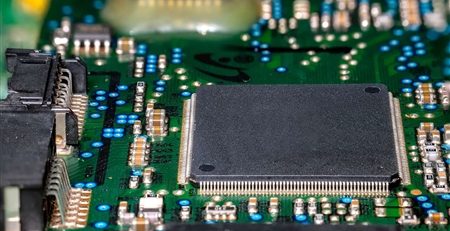Safety standards for gate drives and traction inverters
With the increasing awareness of intelligence, automation and environmental protection, the degree of electrification of industrial and automotive electronics is also increasing. Under this trend, people pay more and more attention to the qualification of electronic systems. Not only must EV performance standards be met, but safety standards as well.
Especially in the automotive sector, in traction inverter systems. Using highly configurable isolated gate drivers is emerging as a way to improve EV performance and simplify functional safety certification. As automakers increasingly focus on electronic systems such as traction inverters, our safety standards must also cover such systems.
Traditional “product safety” refers to the elimination of risks of electric shock, fire and mechanical hazards, while “functional safety” refers specifically to the elimination of risks of electrical and electronic system hazards. Therefore, equipment failure and personal injury need to be minimized, and system design and processes must address hardware failures in accordance with international standards. Common standards include International Organization for Standardization (ISO) 26262 (for automotive equipment) and International Electrotechnical Commission (IEC) 61508 (for industrial equipment).

There are two types of hardware failures:
1. System failure, caused by errors in the design or manufacturing process. Engineers can reduce system failures through continuous process improvement.
2. Random failures, caused by inherent defects in process or conditions of use. Engineers cannot completely eliminate random failures.
One of the goals of the ISO 26262 standard is to reduce the probability of random failures. Automotive Safety Integrity Levels (ASILs) represent risk levels with set probability thresholds ranging from ASIL A (least stringent) to ASIL D (most stringent).
ISO 26262 describes two types of security analysis. Deductive analysis is a top-down approach. Inductive analysis is a bottom-up approach. Automakers define their safety goals and achieve them at the vehicle level.
Traction inverter failure modes can have mechanical and electrical causes. Functional safety design focuses on identifying electronic causes and enabling corresponding safety mechanisms. For example, an under-torque event in a traction inverter system can originate from mechanical or electronic causes such as shorted power transistors or damaged gate drivers.
To prevent exposure to such risks, functional safety standards define methods for assessing risk levels.With these guidelines in mind, functional safety system designs may include power transistor protection circuitry and gate driver diagnostics.









